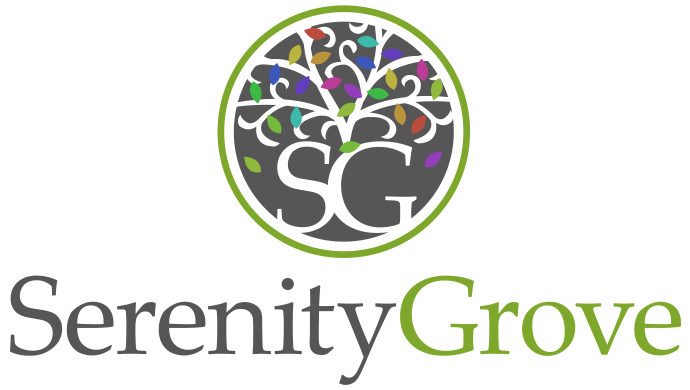What is the standard length of an outpatient program? It’s the first thing many people want to know when they consider seeking addiction treatment. Committing to recovery is a big step. It’s natural to want some idea of how long you will be in treatment.
The short answer is that the length of outpatient programs is not fixed. Some programs are designed to be 30 days, others are 90, and still, others need a different length. Even for programs that offer a fixed length, there’s no guarantee that is all the treatment you will need. Oftentimes, lasting recovery is the result of extended treatment that provides support for more than just one or two months.
Learn more about Serenity Grove’s high-quality outpatient program in Athens, Georgia by calling 844.904.3485.
How Long Is an Outpatient Program?
As indicated in the introduction, there is no exact length when it comes to outpatient programming. Part of the reason it is so hard to name the length of an outpatient program is the reality that multiple types of outpatient programming exist. A few of these are described later on.
A few key factors also influence how long an outpatient program may last for someone. These factors include whether or not someone is stepping down from residential treatment to an outpatient program, whether or not they are going to continue working or going to school during treatment, and if there is an underlying mental health concern.
That said, 90 days is a standard length for outpatient programming. How these 90 days might be structured is explored in the three stages of treatment outlined below.
Stage 1
The first stage of an outpatient program is evaluation. This often lasts for the first week or two. During the evaluation stage, the clinical team builds a personal relationship with a client and gets a comprehensive view of what someone’s needs are. This initial stage is also utilized to create a treatment plan for the remainder of their time in outpatient treatment.
Stage 2
Stage two is the core of treatment and consumes the majority of the 90 days. During stage two, people engage in a variety of evidence-based therapies like cognitive behavioral therapy, dialectical behavior therapy, contingency management, eye movement desensitization and reprocessing, and more. Another focus of the second stage is determining the root cause of someone’s addiction and helping them address it in order to move forward.
Stage 3
Stage three focuses on building a network of support in addition to equipping a person to remain sober once treatment ends. This final stage emphasizes relapse prevention and helping people learn strategies necessary to stay sober when they exit treatment. The final days and weeks will also connect people to sources of ongoing support, like recovery groups that meet outside of formal treatment.
Types of Outpatient Treatment
As mentioned earlier, the length of outpatient programs depends on the type of treatment being delivered. Outpatient treatment is highly-flexible. As a result, multiple types of outpatient treatment exist. These include partial hospitalization, intensive outpatient treatment, and outpatient treatment.
Partial hospitalization is the most intense kind of outpatient. People who attend a partial hospitalization program can expect to receive treatment five days per week for multiple hours each day. This allows for a more intense amount of therapy. Intensive outpatient treatment is typically four days of treatment per week, though these programs may taper off to three days per week toward the end. Finally, outpatient treatment involves just three or four hours of treatment per week. That could be split between a couple of days or lumped into a single day of treatment, depending on someone’s schedule and preferences.
Across each of these types of treatment, you can expect the following:
- Individual and group therapy options
- 12-step programming
- Support groups
- Family counseling and engagement
Learn More About the Outpatient Program at Serenity Grove
Serenity Grove is a leading provider of outpatient treatment for addiction. Contact us at 844.904.3485 to learn more about how we structure outpatient programming around your unique needs and lifestyle. You can also reach us by filling out our online form.


